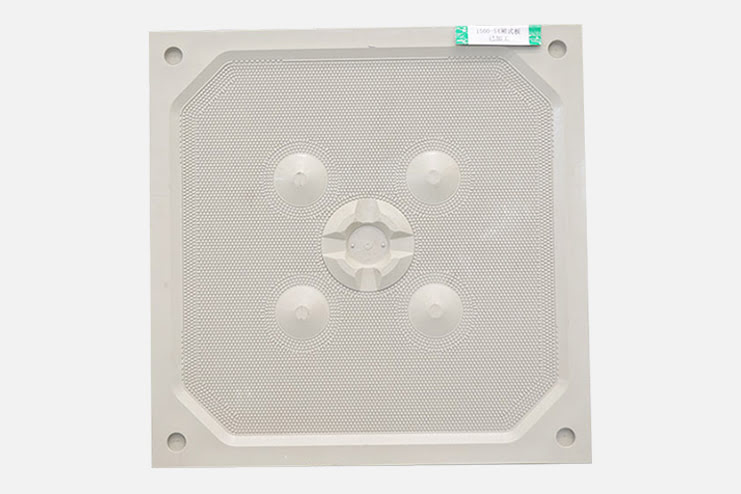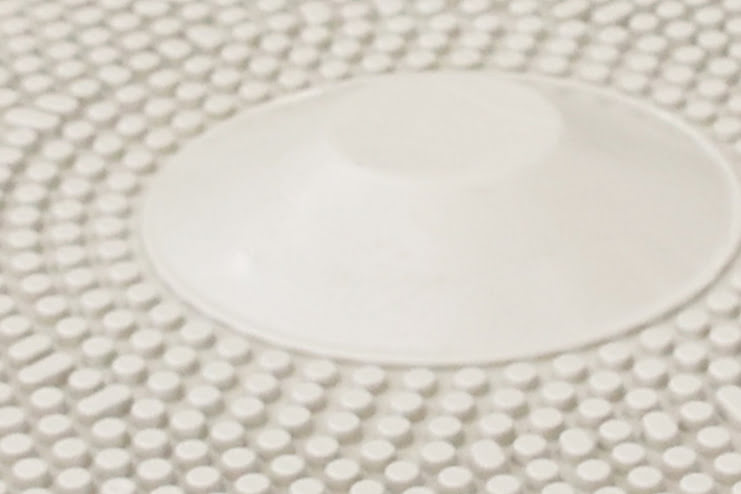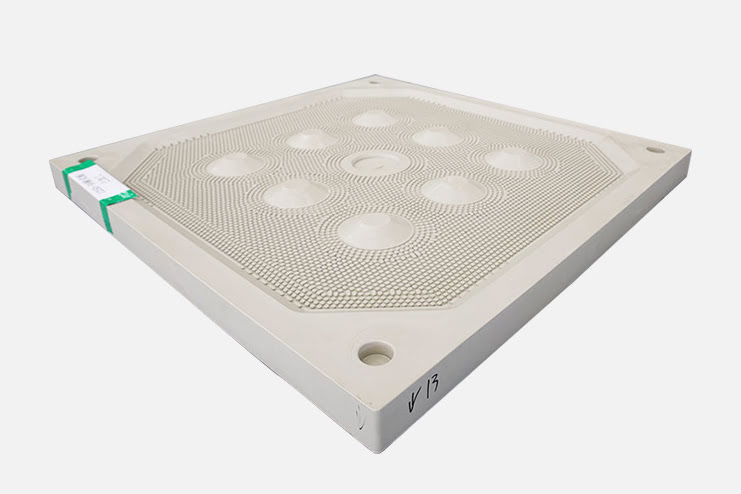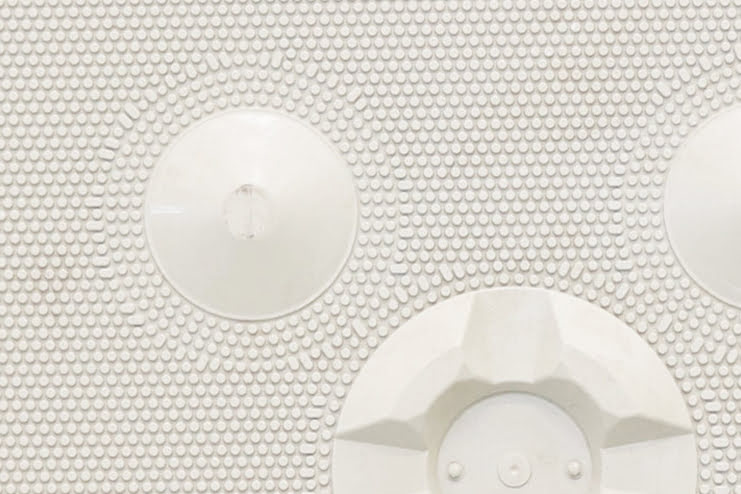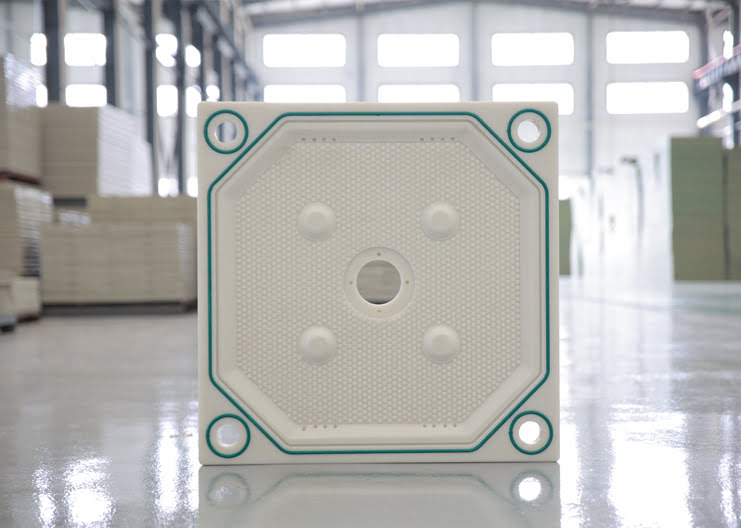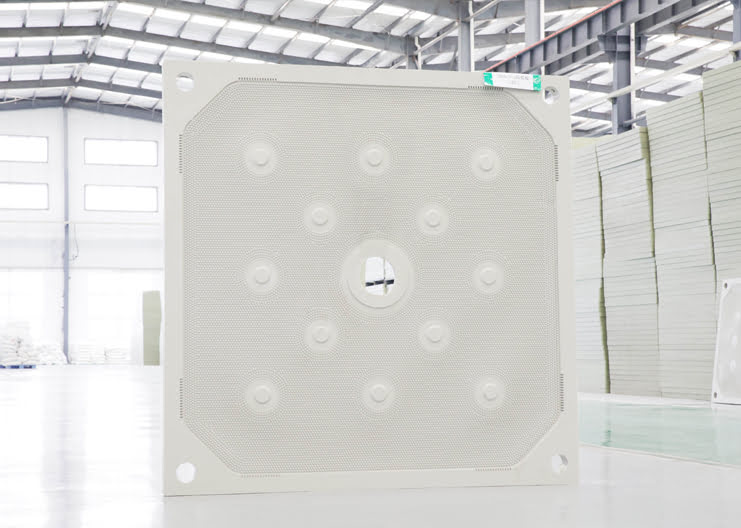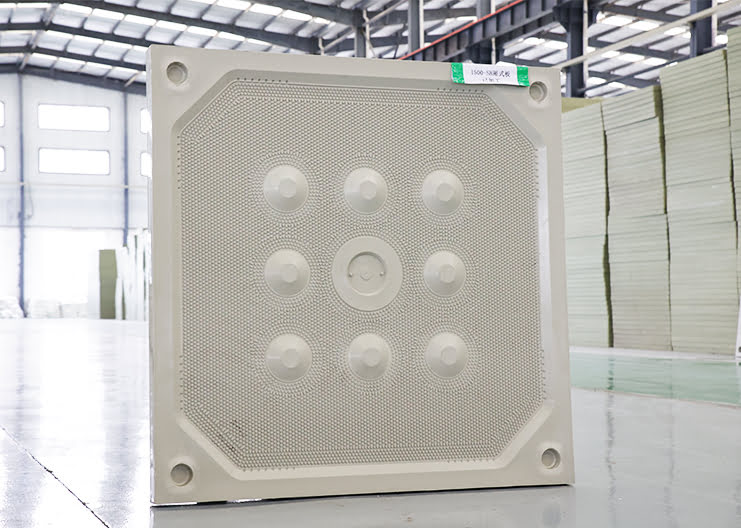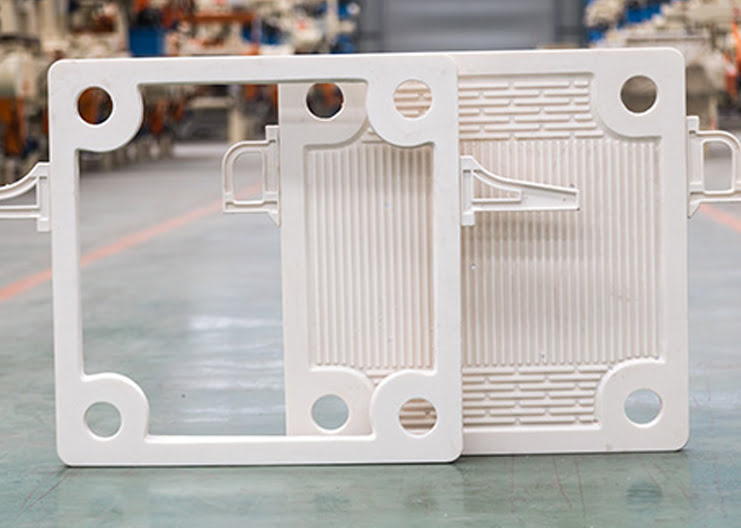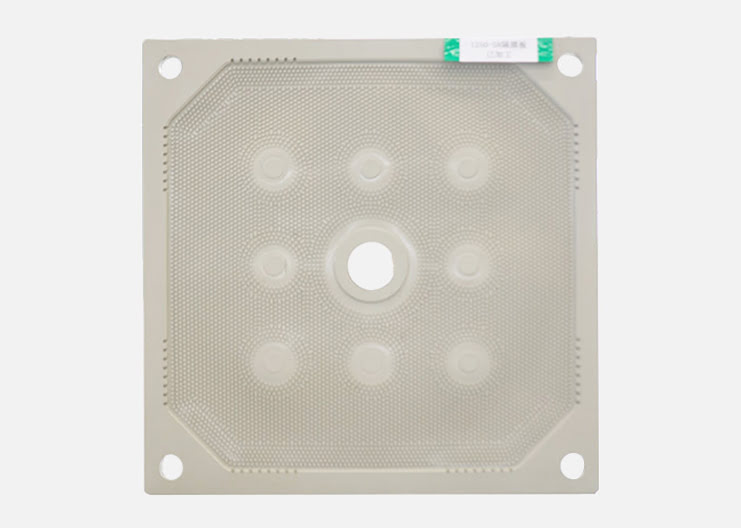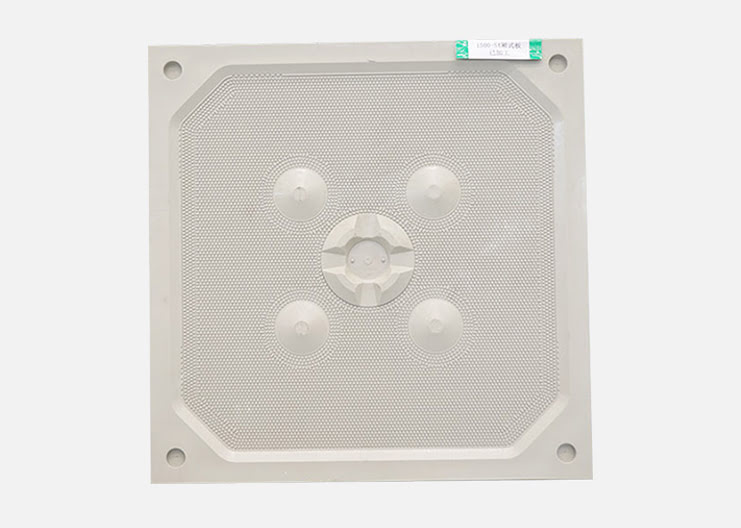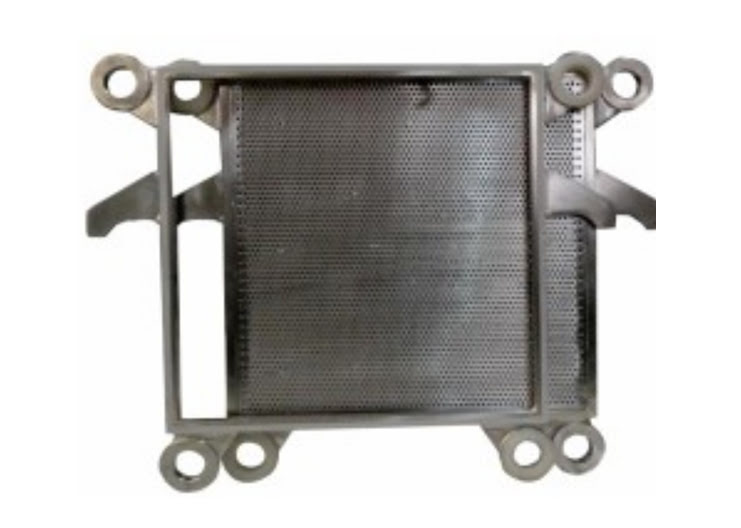Germany Standard Chamber Filter Plate
The recessed chamber filter plate made from polypropylene is a development of the plate and frame filter plate and has the same functionality.
The chamber plate frame is however integrated within the chamber filter plate thus significantly enhancing the plate's stability. This enables chamber filter plates to be used at much higher filtration pressure levels. Optional cake and plate thicknesses are available depending on the specific filtration conditions and application.
Description
Products Advantages
1. Single element and therefore cheaper than separate plates and frames
2. Filtration pressures of up to 50 bar
3. Suitable for high filtration temperatures
4. Robust design with reinforced edges
5. The recessed filter has a special pipped surface to protect the filter cloth and ensure excellent filtration
6. Chamber plates are moulded with pressing forces up to 4000 tons and 160℃mold temperature, which is unique for this kind of moulding technique. These processing conditions maintain the high physical property profile of our materials of construction.
Technical Data
| Format | Standard sizes: 250mm—2500mm, Larger and alternative formats available upon request. |
| Feed eye position | Standard feeds: Centralised feed, decentralised feed, corner feed, external feed, position eye In general, any feed eye design is possible and can be made according to customer requirements. |
| Pressure | Standard products are suitable for a maximum filtration pressure of 8 or 12 bar depending on the product. Special products for pressure levels of 30 bar and higher are available. |
| Temperatures | -15℃—105℃ |
| Materials | Chamber filter plates are available in the following materials according to intended use: Polypropylene homopolymers / copolymers Polypropylene homopolymers FDA / copolymers FDA Antistatic polypropylene PVDF Antistatic PVDF Other materials available on request |
| Typical applications | 1) Chemical industry; 2) Metal refining; 3) Mining industry, ore concentrates and tailings; 4) Minerals processing; 5) New energy battery materials; 6) Sugar; 7) Pharmaceutical, and other industries requiring special temperatures. |


 get a quote
get a quote


